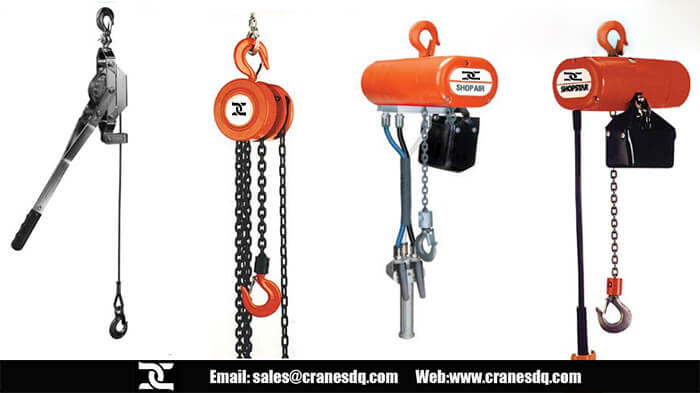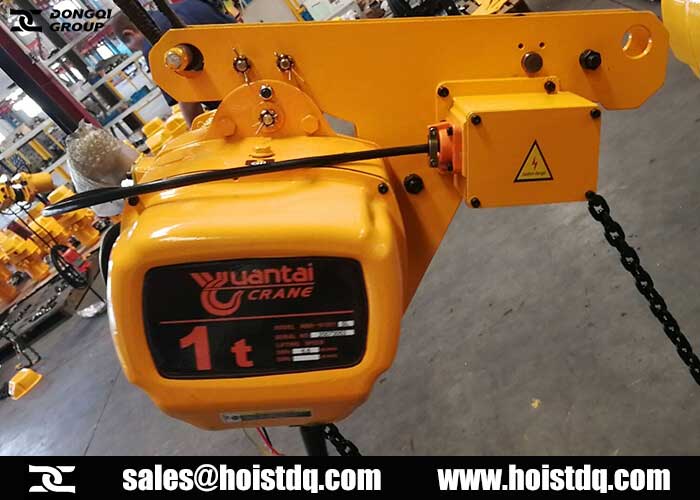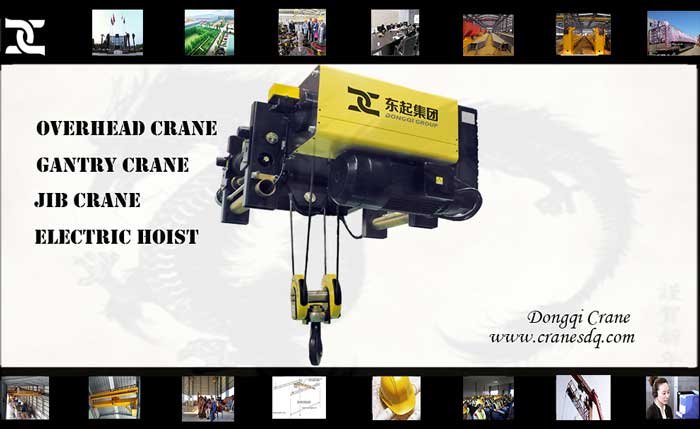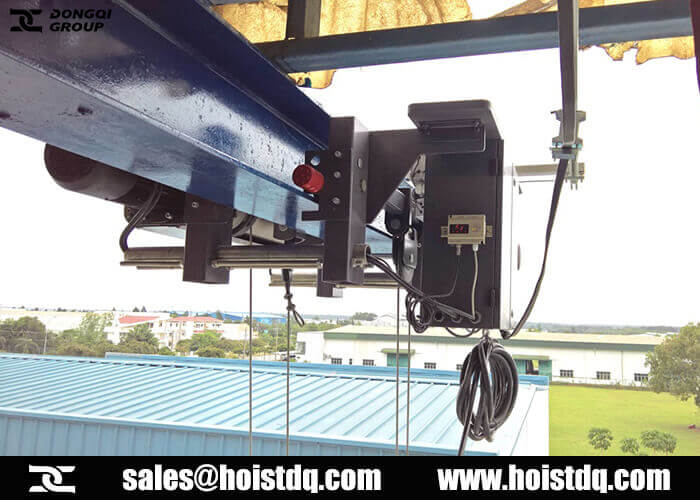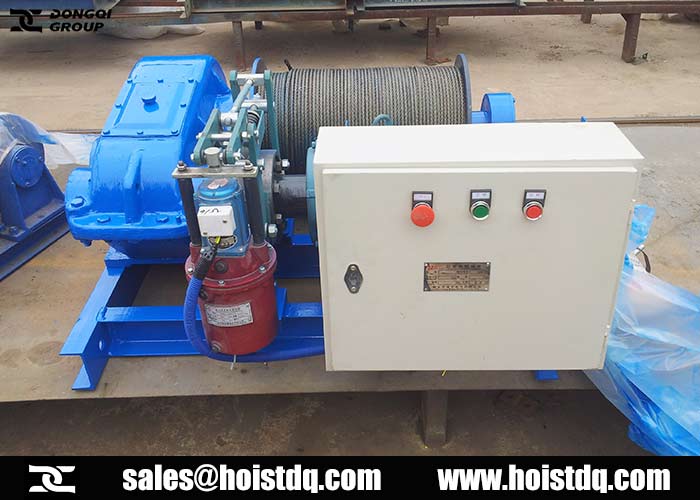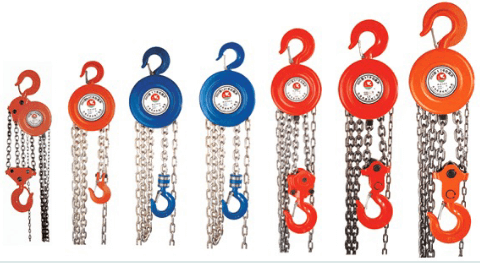I-beam electric hoist is a kind of lifting equipment often used in production. Generally, it is suspended under the I-beam of a single-beam crane or used as a monorail crane to run under the I-beam track. When using the electric hoist, serious I-beam track wear may occur, mainly due to wear on the side and tread of the I-beam.
Electric hoist track wear reasons and solutions:
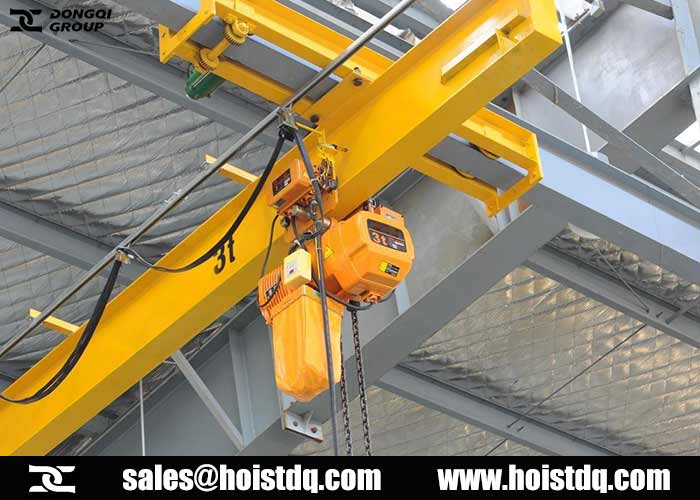
Side wear of I-beam track:
- The large wheel diameter deviation of the electric hoist causes the trolley to run skew on the I-beam track.
- The parallelism deviation of the driving wheel holes of the trolley is large, which causes the unbalanced operation of the trolley.
- The concentricity deviation of the driving wheel and the driven wheel axle of the trolley is large, which causes the trolley to run unevenly.
Solutions:
- Appear this kind of serious gnawing phenomenon, the electric hoist trolley that meets the standard should be replaced first, and the trolley should be checked for stability and no swinging when it is installed.
- Measure the damaged I-beam track. When the wear of the flange width is not more than 5% of the original size, no repair is needed, but the lateral gap between the flange and the track must be re-adjusted according to the standard requirements.
- When the flange side wear is greater than 5% of the original size and less than 10mm, the method of repairing the reinforcement plate under the I-beam flange is used for repair.
I-beam tread wear:
- Wear and tear caused by prolonged use.
- Irregular use, such as oblique pulling or a reaction force in the running direction, causes the trolley to spin idly at a local position on the track.
- When lifting a large load, if the trolley brake is adjusted too tightly, the trolley will slip when the workpiece shakes, which will cause track wear.
- The rusty environment of open-air operation will accelerate the wear of the track tread.
Solutions:
- Check and measure the worn I-beam track. When the wear of the tread is less than 10% of the original size and no other damage is found, it may not be repaired, but the cause of the wear should be found and supervision should be strengthened during use.
- If the measured tread wear reaches or exceeds 10% of the original size, because the bearing capacity of the flange has not reached the original design bearing capacity, it needs to be repaired.
Side deformation of I-beam:
- During use, due to the adjustment of the original wheel-rail gap in the original state, the point of force exerted by the small wheel pressure on the I-steel track is moved outward, causing the local bending moment of the I-steel flange to increase, and the stress reaches plasticity. After the degree of deformation, the flange is deformed.
- Trolley wheel set is not standard, improper assembly and adjustment, resulting in uneven wheel pressure. A certain wheel produces large wheel pressure, resulting in flange plastic deformation.
- The operation of the crane truck causes the workpiece to shake, which causes the unilateral wheel to be stressed and the wheel pressure increases, which causes local plastic deformation of the flange.
- The track tread wear caused by long-term use reduces the local bearing capacity of the track and causes plastic deformation of the flange.
Solutions:
- Heat symmetrically at the flange deformation on both sides of the track, and hammer and correct it while heating, or use special tools to correct the flange deformation. After rectification, follow the same method to deal with tread wear, and add welded reinforcement plates to the lower part of the flange.
- There may be small waves on the tread surface during heating and correction, and necessary grinding should be carried out to ensure the smooth operation of the electric hoist trolley.
- Due to the long heating range, the uniformity and symmetry of the heating are not easy to control. In order to prevent structural deformation, appropriate deformation control measures should be taken.
The wear and tear of the electric hoist I-beam track will affect the normal use of the equipment. If the wear is serious, it will also pose a threat to production safety. The staff should regularly check the operation of the electric hoist and repair it in time if the wear is found to avoid more serious consequences.
